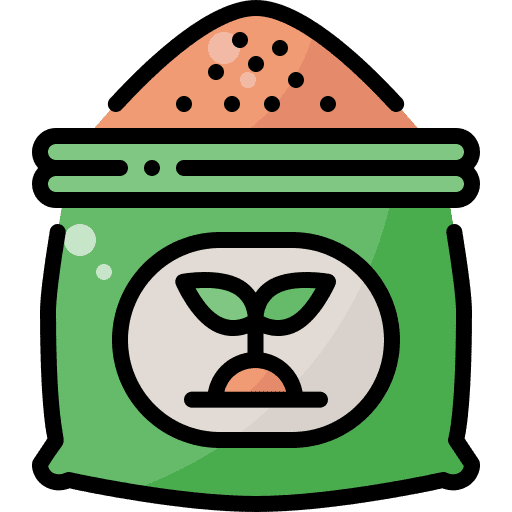
The genus Begonia includes two thousand species from tropical and subtropical Africa, Asia, Central and South America, and also thousands of hybrids created by enthusiasts around the world. Begonia leaves can resemble ivies, ferns, aralias, grasses, and peperomias. They can be flat, pebbled, shiny, hairy, fuzzy or spiraled and almost any color or combination of colors.
Flowers come in all colors but blue; they can grow as tiny single blossoms directly from a stem or as foot-wide clusters of hundreds of tiny flowers. Some tuberous hybrids have giant double blossoms ten inches or more in diameter. Begonias needing high humidity are grown in greenhouses or terrariums, while other types of begonias can be planted right in the ground.
In some growing zones of North America and Europe, begonias are large landscape plants giving years of beauty and enjoyment.

SOIL
The mix should be slightly acid containing loose, well-draining ingredients such as perlite, vermiculite, sphagnum peat and/or leaf mold (oak leaf, if available). Good commercial mixes work well.

WATER AND DRAINAGE
The soil should become neither excessively dry nor allowed to stay sopping wet. The well-draining mix mentioned above helps achieve optimum conditions. Plants should be watered thoroughly when the top of the mix becomes dry to the touch.

GENERAL CULTURE
Begonias have shallow root systems. Except for tall-growing canes and shrubs, they prefer shallow pots. Re-pot only to the next larger pot as begonias do not like overpotting. Use either clay or plastic pots as your cultural conditions require.

PRUNING
Prune in late winter, early spring when new growth starts. Pinch growing tips (soft-pinching) throughout the growing season to shape plants, fill them out, and keep them within bounds.

LIGHT
Begonias are classified as shade plants but too little light will result in weak, spindly growth. Most varieties do well with direct morning sun or dappled sunlight all day long. Light that grows healthy African violets is good for growing healthy begonias. The bedding semperflorens types, however, can be grown in direct, daylong sun in most climates.

CLIMATE AND TEMPERATURE
Most begonias like bright, shady areas out of direct midday sun. Good ventilation results in good growth. Optimum temperatures range from 55℉ at night to 85℉ in the day. As to extremes, some can survive short bouts of freezing and others can withstand 100℉ summers. Higher humidity helps them grow better in higher temperatures.

FERTILIZING
Most growers prefer to water with diluted fertilizer, although time release types which stay on the surface also offer good results. As a rule, 1/4 recommended strength used at each or every other watering is more effective than heavier applications at longer intervals. This also allows for using different fertilizers more often, which gives a better supply of trace elements and micro-nutrients. Never fertilize a dry, dormant, or sick plant.

